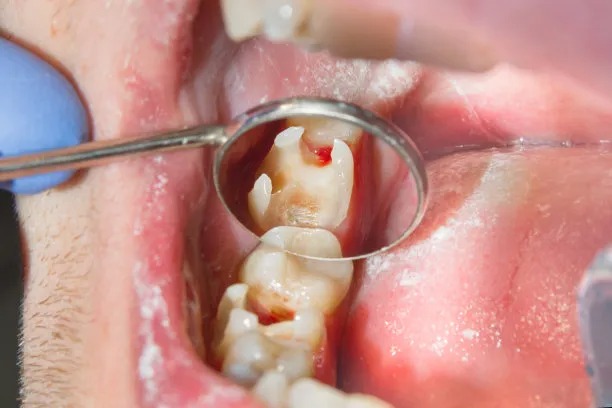Essential Safety Measures to Consider Before Undergoing Dental Filling Procedures and Aftercare Tips for Optimal Recovery
Summary: Dental filling procedures are essential for treating cavities and preserving dental health. However, proper safety measures should be prioritized before undergoing these treatments to ensure both effectiveness and patient comfort. This article discusses essential safety precautions, crucial preparation steps, and aftercare tips that contribute to optimal recovery. Patients will learn about the importance of consulting with their dentist, understanding the filling materials, managing anxiety, preparing for the procedure, and following specific aftercare protocols to enhance their healing process. By understanding these aspects, patients can approach dental fillings with confidence and ensure a smooth recovery.
1. Consult Your Dentist Before Procedures

Before undergoing a dental filling, the most vital step is to have an open and honest conversation with your dentist. Discussing your dental history, any allergies, and current medications is crucial for a safe procedure. Your dentist needs this information to determine the safest and most effective filling type for your specific needs.
In addition, asking questions about the procedure itself can significantly reduce anxiety. Many patients worry about the pain associated with dental fillings. By addressing your concerns directly with your dentist, you can learn about pain management options available during the procedure, helping to alleviate fears.
Furthermore, its essential to verify the qualifications and experience of your dental professional. Ensure that your dentist is certified and has a good track record with similar procedures. Doing your research can offer peace of mind and build trust in your dental care provider.
2. Understand the Filling Materials Used
Different types of dental filling materials are available, including composite resins, amalgam, and glass ionomer. Understanding these materials will help you make an informed decision. Each has its advantages and disadvantages regarding durability, appearance, and potential allergies.
For example, composite fillings are tooth-colored and provide aesthetic advantages but may not last as long as amalgam fillings. If you have concerns about specific materials due to allergies or other health issues, be sure to express these to your dentist. They can help choose a filling type that meets both your health needs and aesthetic preferences.
Its also beneficial to understand any potential side effects associated with the materials used. A thorough understanding will prepare you for what to expect during recovery and can help you identify if any issues arise post-treatment.
3. Patients Should Manage Anxiety Effectively
Dental anxiety is a common issue that can impact the experience of receiving dental fillings. Managing this anxiety is crucial for both the procedure and recovery. Various methods, such as practicing relaxation techniques like deep breathing, visualization, or meditation, can create a calmer mindset before your appointment.
Additionally, consider bringing a comfort item to your appointment. For some patients, having a stress ball or listening to calming music during the procedure can make a significant difference in their comfort level.
Behavioral therapies, such as cognitive-behavioral therapy (CBT), can also be effective for more severe dental phobias. Seeking professional help can enable you to develop coping strategies, thus enhancing your dental experience and subsequent recovery.
4. Follow Aftercare Tips for Optimal Recovery
After the dental filling procedure, following aftercare instructions provided by your dentist is essential for optimal recovery. Initially, avoid eating or drinking anything hot for at least two hours post-treatment. This precaution prevents sensitivity and discomfort, as local anesthesia may dull sensations temporarily.
Maintaining good oral hygiene should not be overlooked. Gently brushing and flossing your teeth is vital, but avoid the filled area for the first 24 hours to give it time to set properly. Overly vigorous brushing could disrupt the healing process.
Lastly, be mindful of any signs of complications, such as prolonged pain, swelling, or discomfort. If these symptoms persist or worsen, contacting your dentist is crucial. Early intervention can prevent more severe issues from arising.
Summary:
In summary, preparing for dental filling procedures involves multiple important safety measures, including effective communication with your dentist, understanding filling materials, managing anxiety, and following aftercare instructions. By taking these steps, patients can enhance their experience and ensure proper recovery.
By prioritizing your dental health through informed choices, you pave the way for a healthier smile.
This article is compiled by Vickong Dental and the content is for reference only


